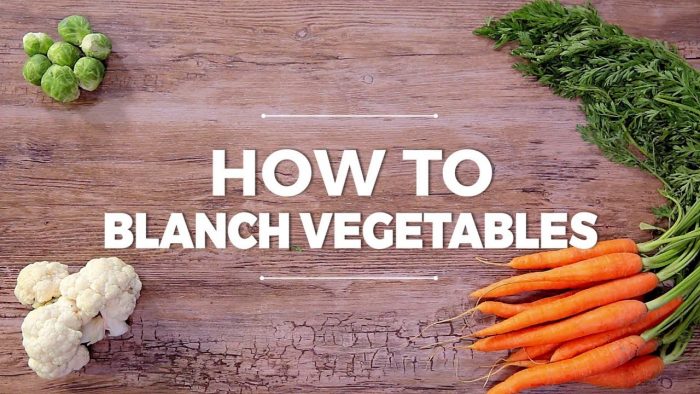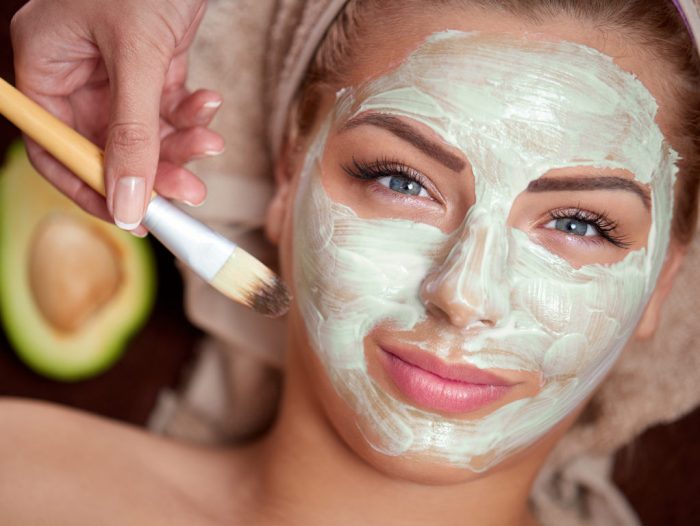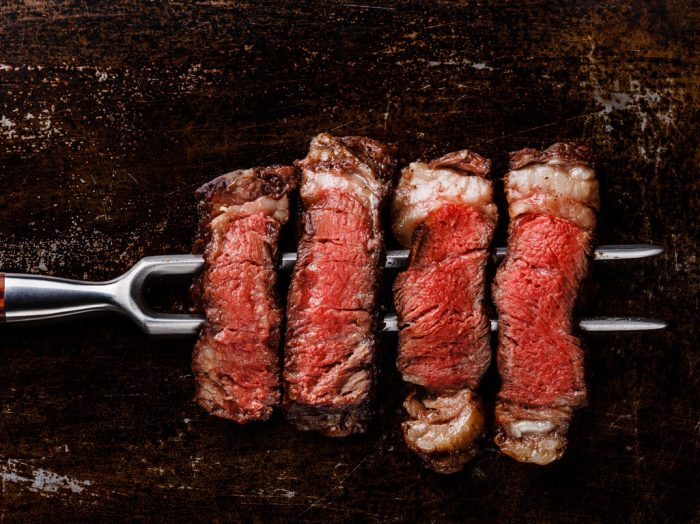Blanching. It sounds like a fancy, complicated technique, for which you have no free time and no patience. Well, it really is not. It’s pretty simple, and it will make your vegetables taste better, while the texture won’t be ruined by prolonged exposure to boiling water. Here’s how to blanch vegetables in a few easy steps!
It’s incredibly easy and useful to know how to blanch vegetables and it’s high time you learned. Because it makes your broccoli more palatable. It preserves the texture. It helps the veggies be infinitely more appealing visually, and not a mushy mess.
The process might sound weird: first, you boil the veggies for a short time, and then you expose them to ice water, to cool them off and stop the cooking process immediately! Maybe it sounds silly: why heat and then cool off? But there’s a purpose to this madness, we promise!
Your food will look better and taste better. The veggies will retain their wonderful, natural color. And they won’t have the consistency of puree. Not to mention the most important aspect: they won’t lose that many nutrients. Because the boiling and simmering process makes them lose their nutritious parts. That’s where blanching comes in. A lot of vegetables can taste better after blanching. For example, kale, cabbage, and broccoli have a somewhat bitter flavor, which is alleviated through blanching.
Want more motivation to blanch your veggies? Here we go! The process can be used before freezing fruits and veggies because they keep more! Do you need to peel some veggies but are looking for an easier way? Blanch them, because the process loosens their skins. And, finally, blanching is a great way to pre-cook your veggies before cooking them on the grill or using them in dishes.
How to blanch vegetables in 10 simple steps
1. Fill a pot
Add some water to a pot of your choosing. The water shouldn’t reach the lip of your pot, and your veggies should have room to swim in it, without the water overflowing.
2. Bring water to a boil
Heat the water to medium-high and bring it to a boil. Next: Salt the water a little, for some extra flavor in your blanched veggies.
3. Get your veggies ready
What kind of veggies does your recipe require? Chopped? Sliced? Then cut them accordingly.
4. Prepare the ice water
While the water is boiling, prepare the ice water too. Fill a bowl with water and ice.
5. Prepare a “drying station”
Next to the boiling water and the ice water, set up a plate or a cutting board lined with paper towels. You will need it to dry the veggies.
6. Add the vegetables to the boiling water
Once the water starts boiling, drop the veggie pieces in the pot. Boiling times differ from vegetable to vegetable, because of the different textures, sizes, and quantities. For instance, you can boil carrots for about two minutes if they’re diced, slices, or cut in sticks. If you boil small whole carrots, it may take up to 5 minutes.
Don’t add them all at once. This takes just a tiny bit of precision. Cook a few of them, then remove. And so on, with the next batches.
If you are blanching more than one type of vegetable, don’t mix them together. First blanch the light-colored ones, because the more vibrant ones will release their color in the water and affect the next batches of different colored veggies.
7. Transfer to ice water
Grab the vegetables from the boiling water and transfer them to the ice water immediately. This is called shocking. Cooling times are for any particular veggie identical to boiling times. There is one exception though: corn on the cobb takes twice as long to cool off than to boil.
8. Test
The first veggie you remove from the boiling water and then shock needs to be tested. Try a bite. See if it’s good and cooked through. If it still needs to cook, let the veggies in for 30 more seconds and test again.
9. Make sure they are cool
Using the tongs or a spoon swish the veggies in the cold water a little, to make sure they’ve cooled off.
10. Dry veggies
After the shocking, remove the veggies and place them on the plate with paper towels. Pat them dry and you’re good to go!






